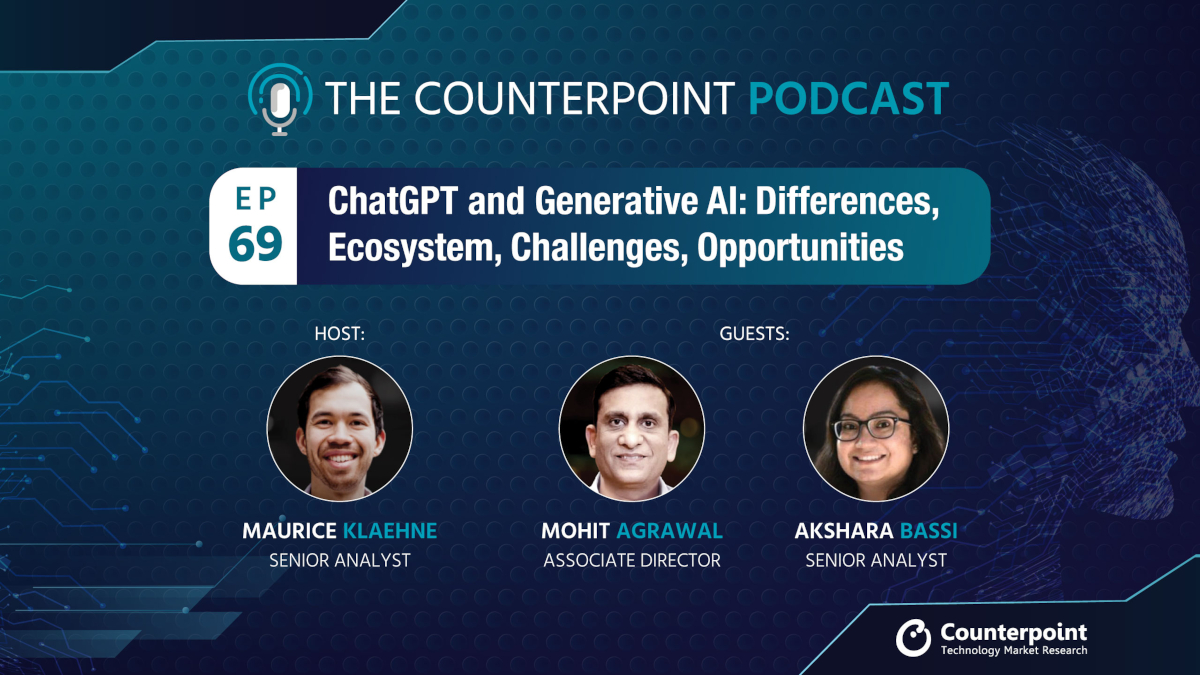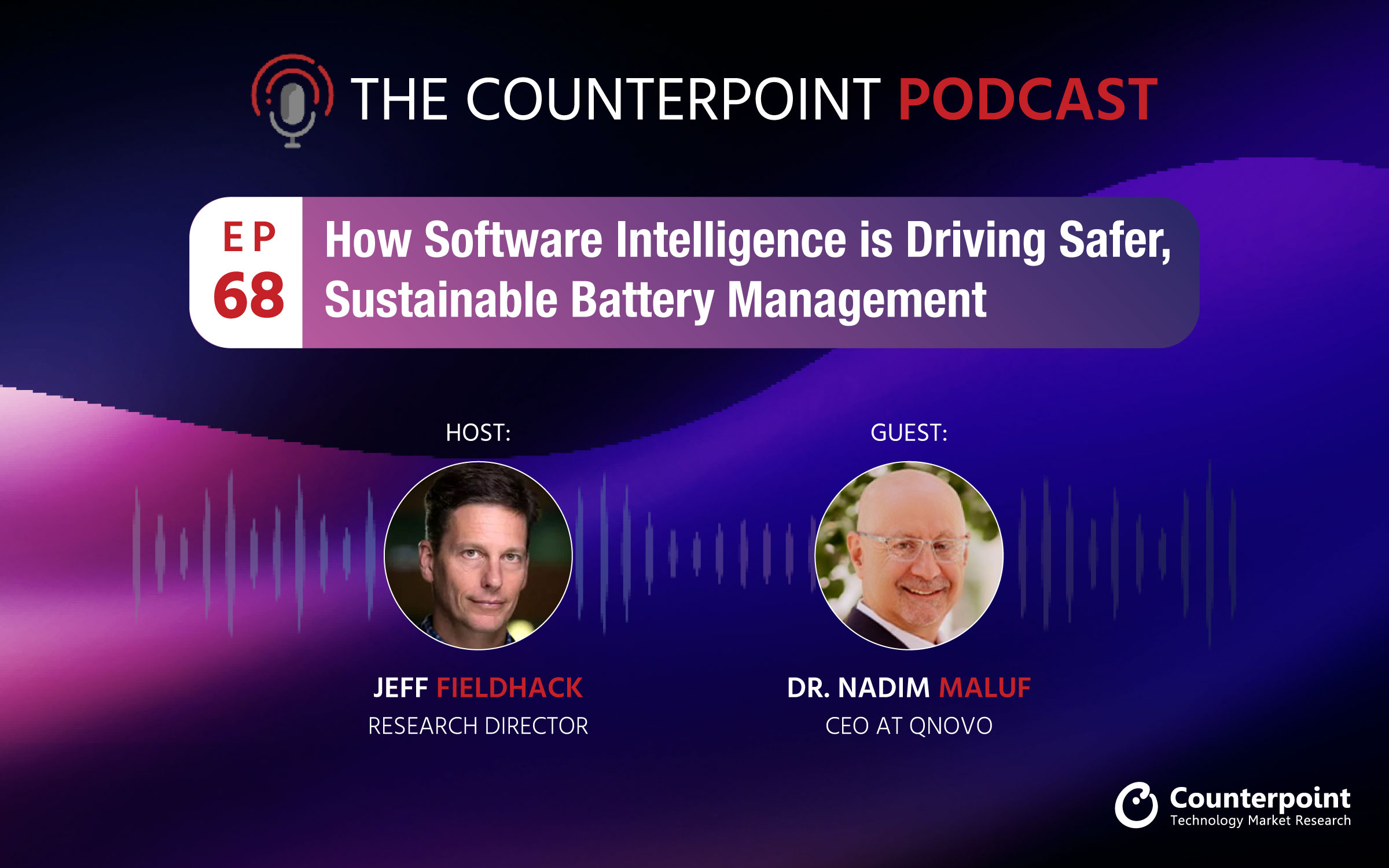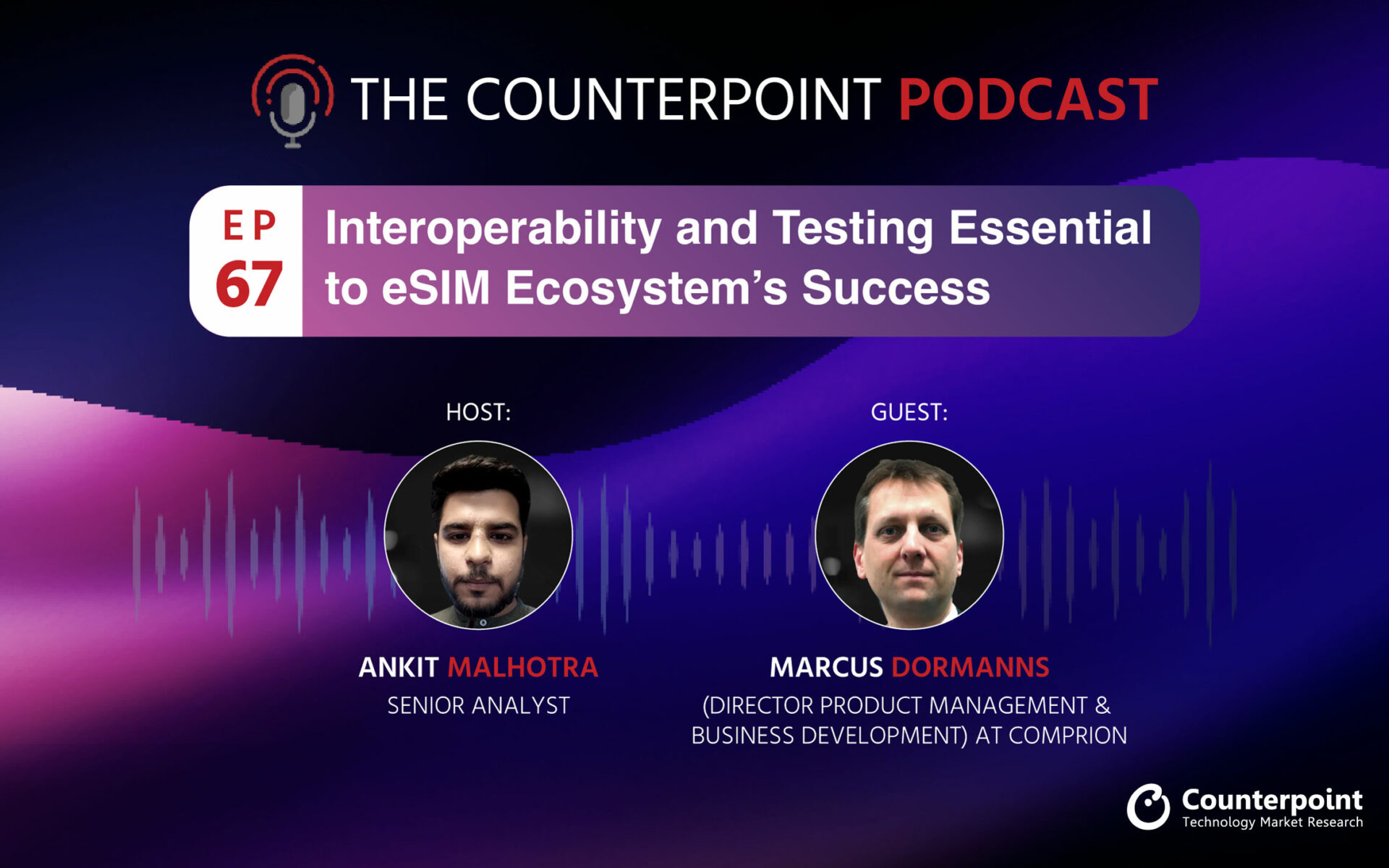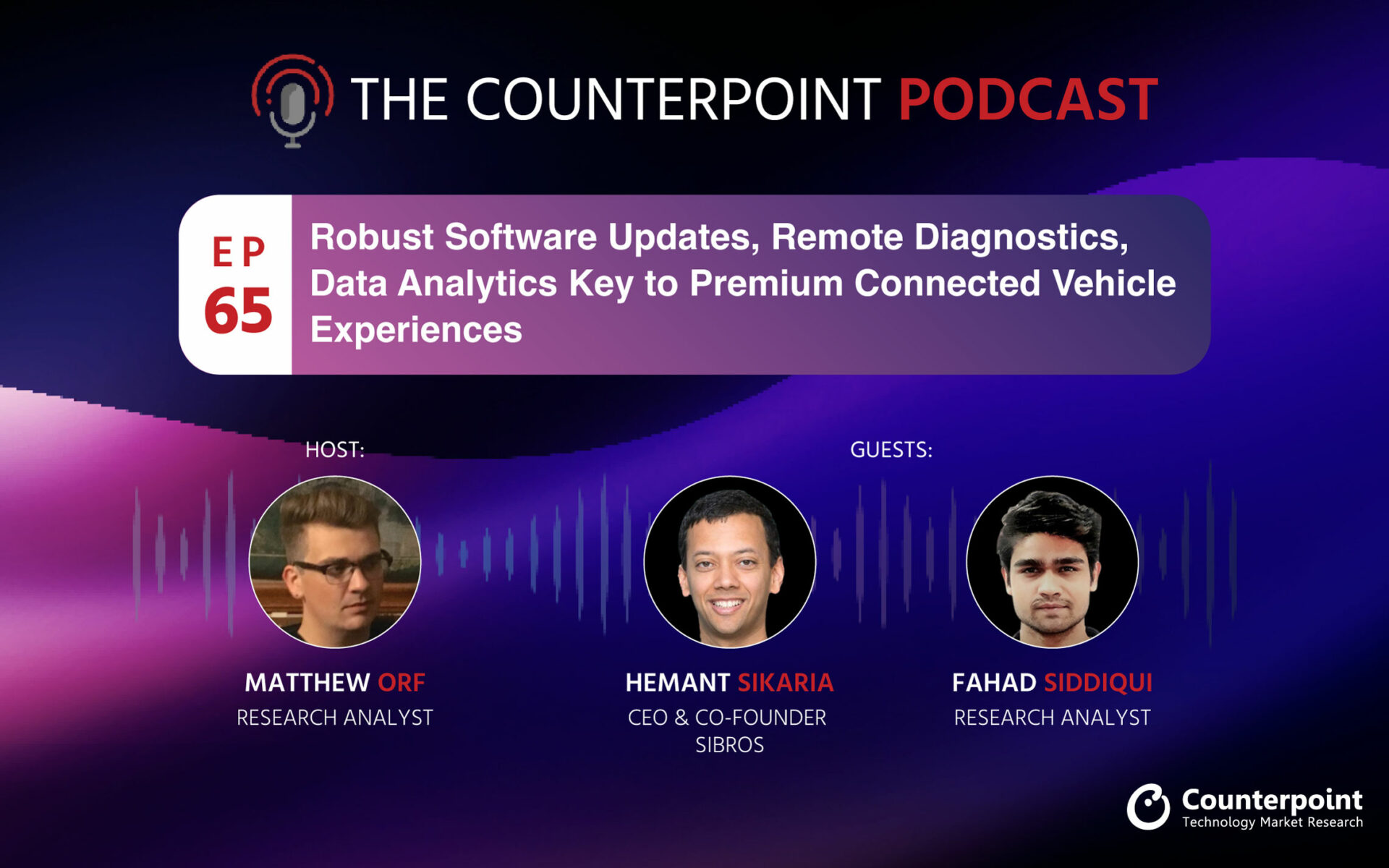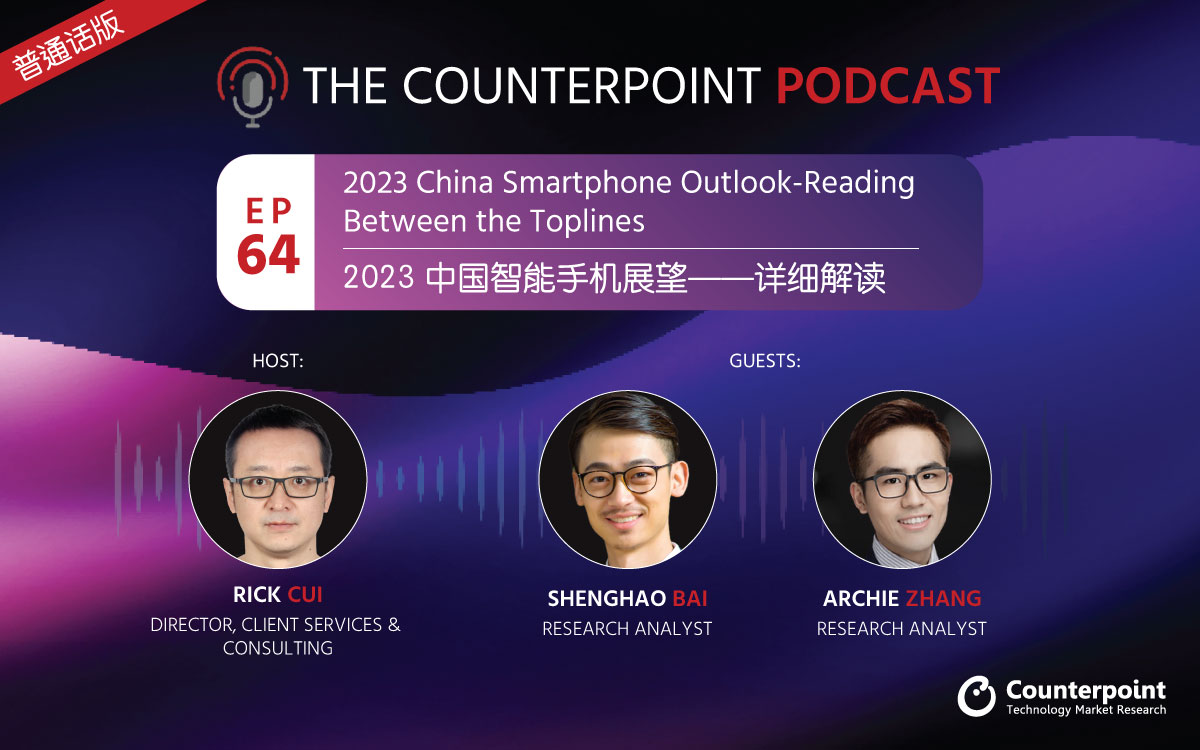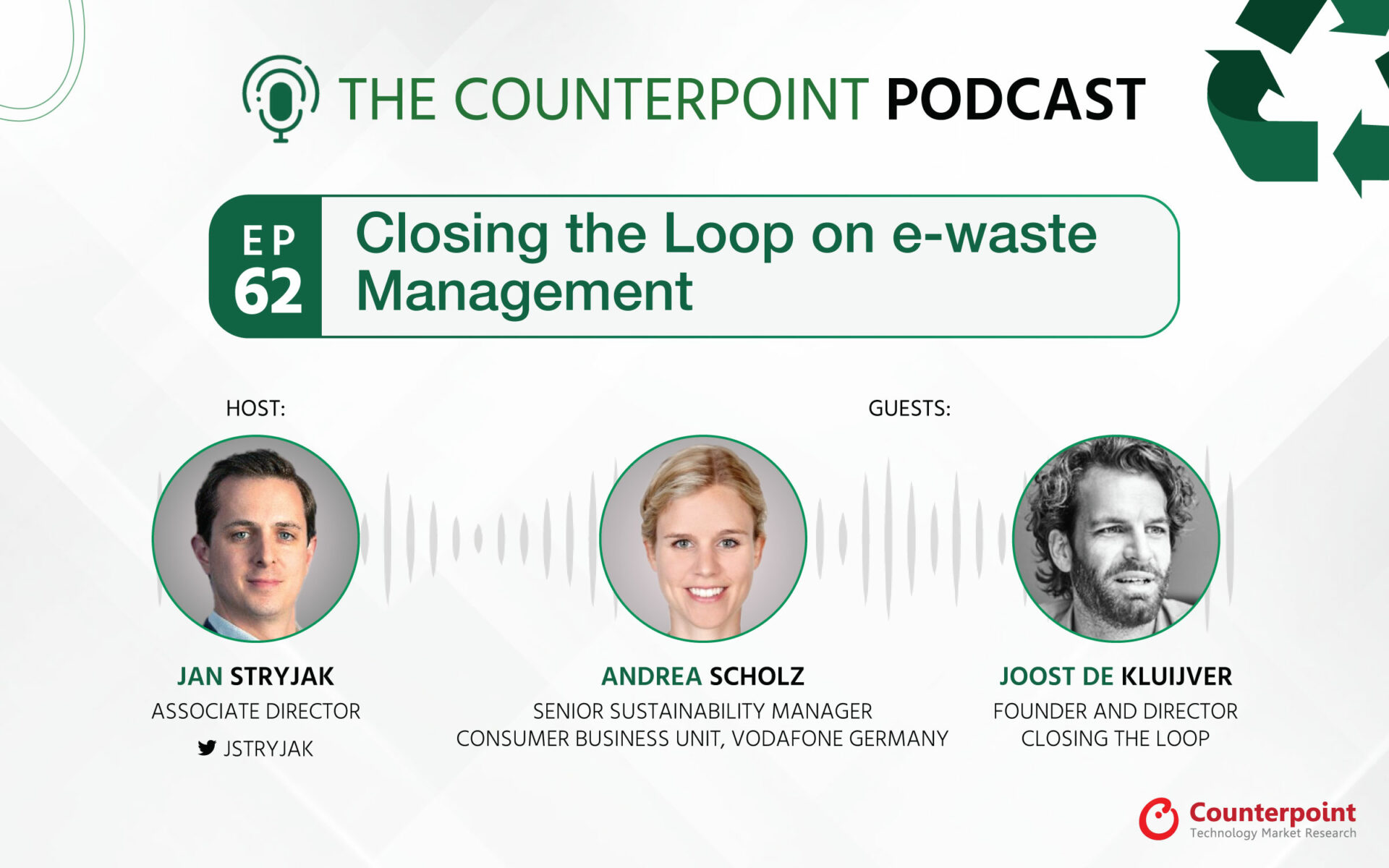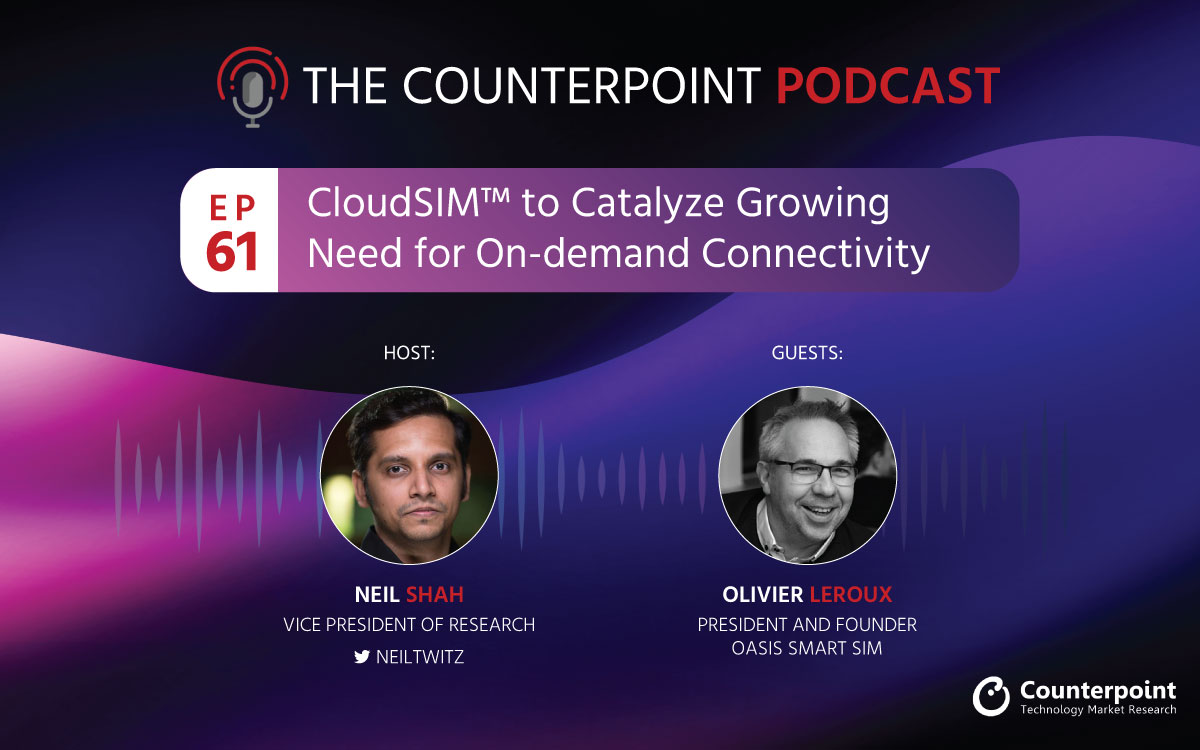Generative AI has been a hot topic, especially after the launch of ChatGPT by OpenAI. It has even exceeded Metaverse in popularity. From top tech firms like Google, Microsoft and Adobe to chipmakers like Qualcomm, Intel, and NVIDIA, all are integrating generative AI models in their products and services. So, why is generative AI attracting interest from all these companies?
While generative AI and ChatGPT are both used for generating content, what are the key differences between them? The content generated can include solutions to problems, essays, email or resume templates, or a short summary of a big report to name a few. But it also poses certain challenges like training complexity, bias, deep fakes, intellectual property rights, and so on.
In the latest episode of ‘The Counterpoint Podcast’, host Maurice Klaehne is joined by Counterpoint Associate Director Mohit Agrawal and Senior Analyst Akshara Bassi to talk about generative AI. The discussion covers topics including the ecosystem, companies that are active in the generative AI space, challenges, infrastructure, and hardware. It also focuses on emerging opportunities and how the ecosystem could evolve going forward.
Click to listen to the podcast
Click here to read the podcast transcript.
Podcast Chapter Markers
01:37 – Akshara on what is generative AI.
03:26 – Mohit on differences between ChatGPT and generative AI.
04:56 – Mohit talks about the issue of bias and companies working on generative AI right now.
07:43 – Akshara on the generative AI ecosystem.
11:36 – Akshara on what Chinese companies are doing in the AI space.
13:41 – Mohit on the challenges associated with generative AI.
17:32 – Akshara on the AI infrastructure and hardware being used.
22:07 – Mohit on chipset players and what they are actively doing in the AI space.
24:31 – Akshara on how the ecosystem could evolve going forward.

